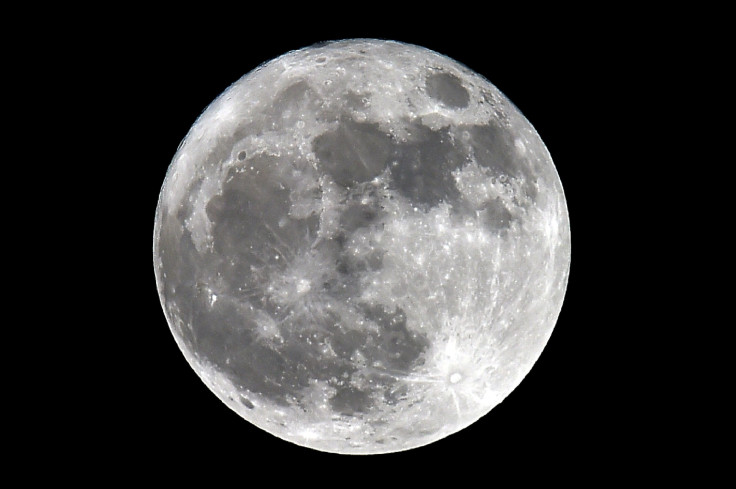4G Network On The Moon Coming In 2019, Or That’s The Plan

On your next visit to the moon, you will still need to carry your food and water and air and a bunch of other things to survive on the lunar surface. But don’t forget to pack your selfie stick, because you could take photographs of hopping around lunar regolith and share them instantly on Instagram or Snapchat (or whichever app you prefer) right from the moon, thanks to a planned 4G network.
A German company called PTScientists is working on a mission to the moon it says would be the first privately-funded landing on the lunar surface. Formerly called Part-Time Scientists, the team was also a participant in the Google Lunar X-Prize competition (which ended without a winner after multiple extensions of its deadline), which means it has been working toward that end for years now.
For instance, it has a contract with SpaceX (the Elon Musk company recently sent the first two test satellites into space as part of its own “space internet” Starlink network) to carry its payload to the moon sometime in 2019. The payload will set up a 4G network on the moon, and PTScientists’ technology partners for the venture include Vodafone Germany, German car manufacturer Audi and Nokia.
Audi is building the two rovers — called Audi lunar quattro rovers — which will connect to a base station, the Autonomous Landing and Navigation Module. The network itself will use technology from Vodafone, while Nokia will make — through its Nokia Bell Labs — a piece of hardware weighing less than one kilogram that will support the space-grade network on the moon.
“This important mission is supporting, among other things, the development of new space-grade technologies for future data networking, processing and storage, and will help advance the communications infrastructure required for academics, industry and educational institutions in conducting lunar research,” Nokia chief technology officer and Bell Labs president Marcus Weldon said in a statement Tuesday.
The rovers will “study NASA's Apollo 17 lunar roving vehicle that was used by the last astronauts to walk on the Moon (Commander Eugene Cernan and Harrison Schmitt) to explore the Taurus-Littrow valley in December 1972,” and will transfer the scientific data and high-definition video back to Earth, via the base station. It could be the first live HD video feed from the moon that the world has ever seen.
How long the rovers and the 4G network will last in the harsh environment on the moon’s surface, assuming the Falcon 9 launch next year goes completely according to plan (it would probably be the rocket’s first flight to the moon) and the 4G payload reaches and deploys on the moon successfully, is anyone’s guess. But much like food and water, high-speed communication is one of those things that would be vital to any lunar bases humankind may set up in the future.
© Copyright IBTimes 2024. All rights reserved.





















